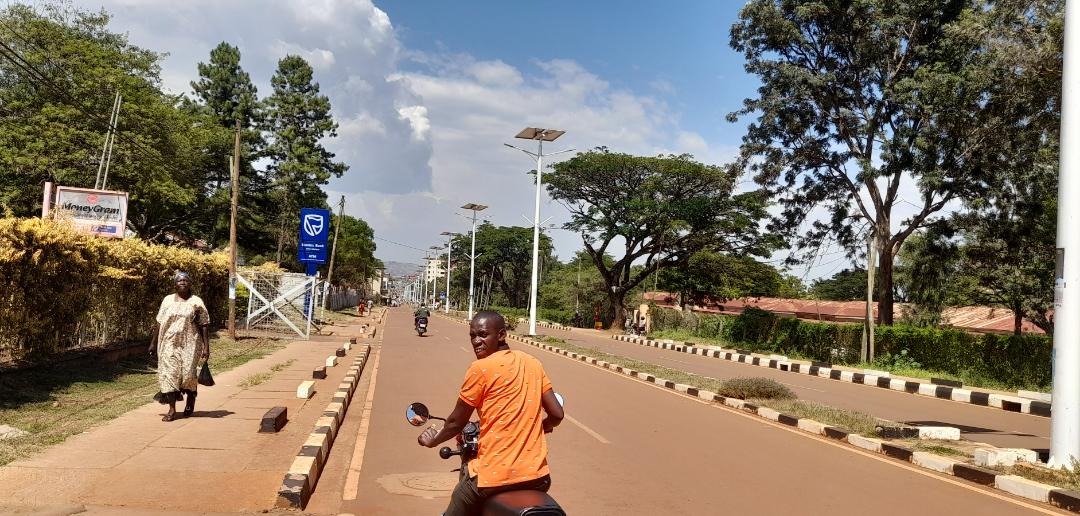Road crashes remain Uganda’s key problem as many of its citizens continue to die. As a consequence, more than 10 people die daily after a crash, and dozens get wounded.
Also, critical road infrastructures are damaged and vehicles or motorcycles are badly damaged, in many of these unfortunate events.
The causes are attributed to many factors, some of which include speeding, poor helmet use, and no use of seatbelts.
Speaking to the press in May 2022, the spokesperson for road safety and traffic, ASP Faridah Nampiima, said when they (Traffic Police) conduct operations against traffic offenders, they realize many drivers (people) don’t wear seatbelts.
“Every day we lose 10 people in the road crash,” she added.
However, according to the available reports, road crash deaths tallies have increased in recent months.
In June 2022 alone, a total of 1,825 road crashes occurred, the Uganda Police data shows. 321 was fatal, 995 was serious and 509 was recorded as minor.
Also, from July 2 to July 9, 2022, there were 355 crash victims of which 89 people died and 266 sustained injuries.
What are some of the precautionary measures road users must obey? According to Uganda Road Fund (URF), a government entity mandated to finance road maintenance, among other mandates, the following must be obeyed.
- Road users must use car lights responsibly this weekend.
- Use headlights on low beams to enable other road users to see you and avoid glare.
- Have headlights (low beam) switched on during the day for long up-country trips.
Meanwhile, Uganda is one of the countries benefiting from Bloomberg Philanthropies’ Initiative for Global Road Safety (BIGRS). The US$240m program seeks to build from the success and impact of phases 1 and 2 which began in 2010 to 2019.
The current program (2020 to 2025), aims to reduce road crash fatalities and injuries in cities around the world and Kampala is one of them.
What is BIGRS addressing?
The initiative is enforcing road safety laws on speeding, drunk driving, motorcycle helmets, and seatbelts. Designing and building safer roads; managing speed effectively.
Others are promoting safe driving and building public support for road safety through mass media and communication campaigns, making urban transportation and mobility safer.
According to Jemima Nalumansi, the BIGRS Initiative Coordinator for Kampala, “No life should be lost or seriously injured as a result of a road crash. Therefore, forgiving roads should always be designed and built.”
“Road safety is a shared responsibility by users, designers, enforcers, policymakers, and even observers,” she said while facilitating a media training on road safety reporting in Uganda in 2021.
The training, the first to ever take place in Uganda, was organized by the African Centre for Media Excellence (ACME) with support from partners.
To date, more than 25 news reporters working with or for different media houses have been equipped (trained) to effectively report on road safety in the country.
